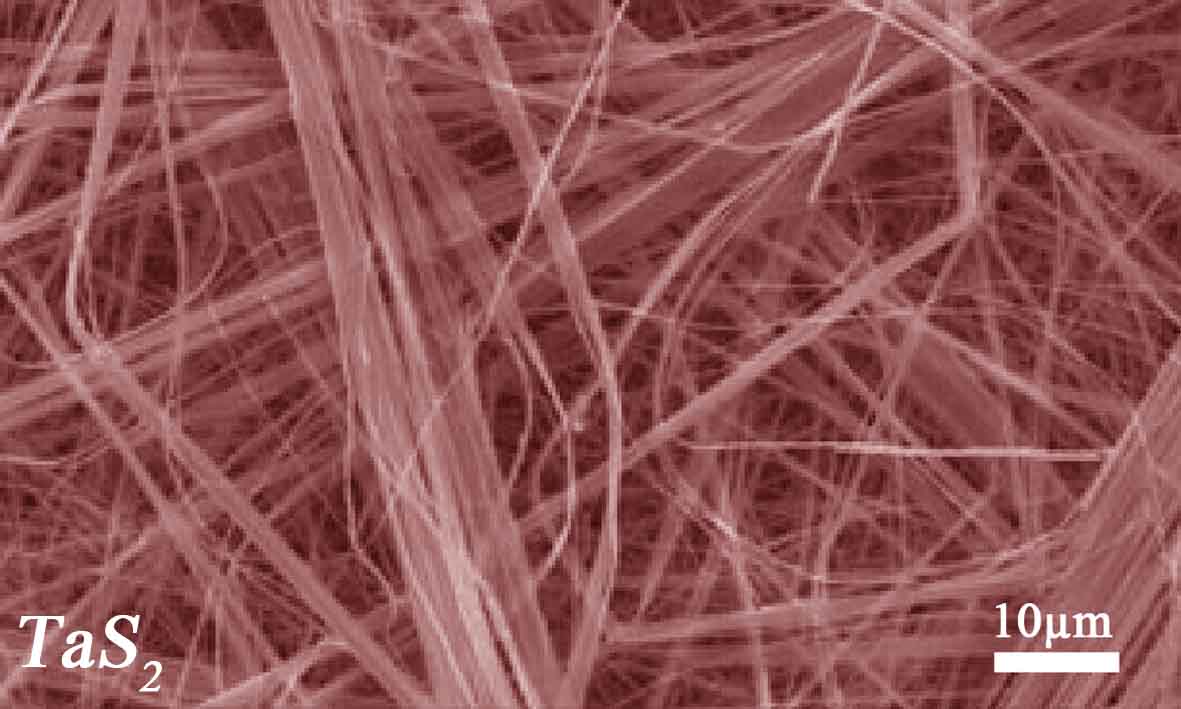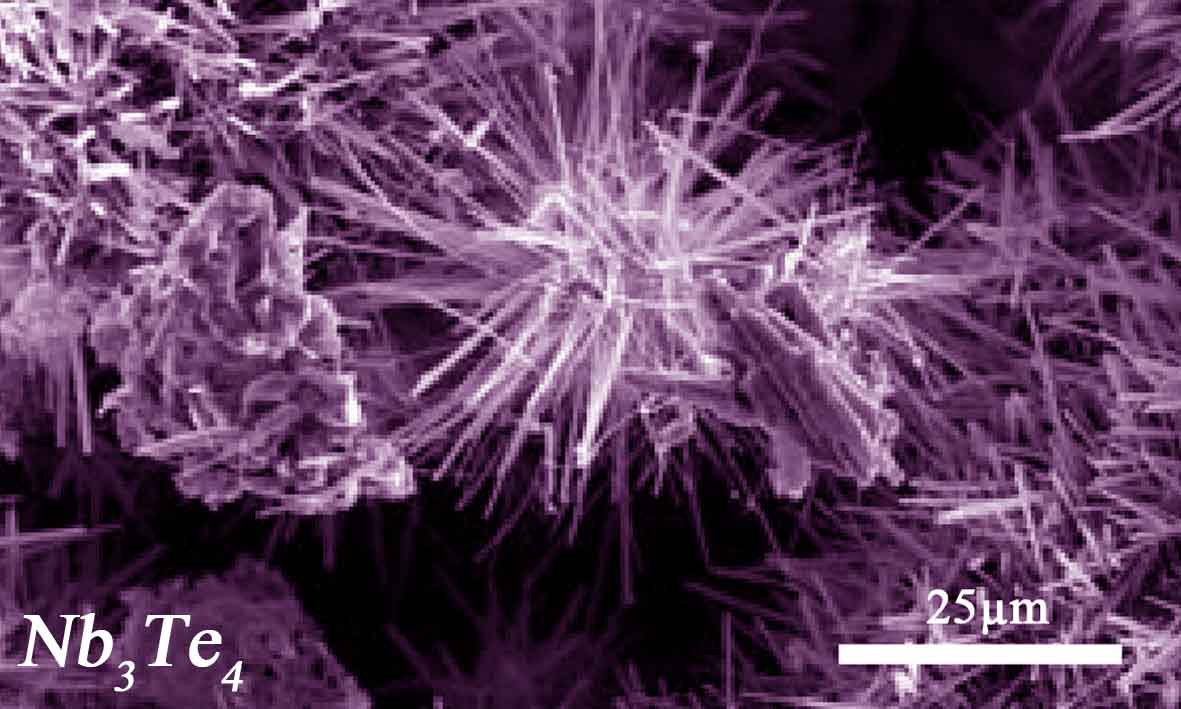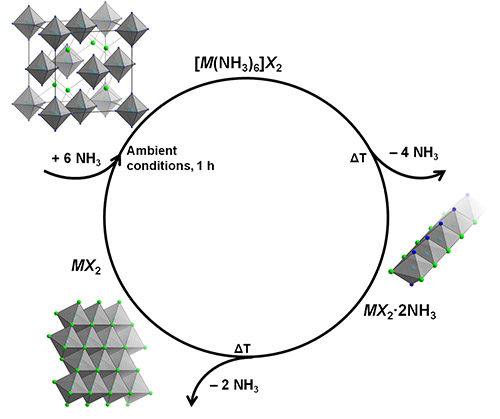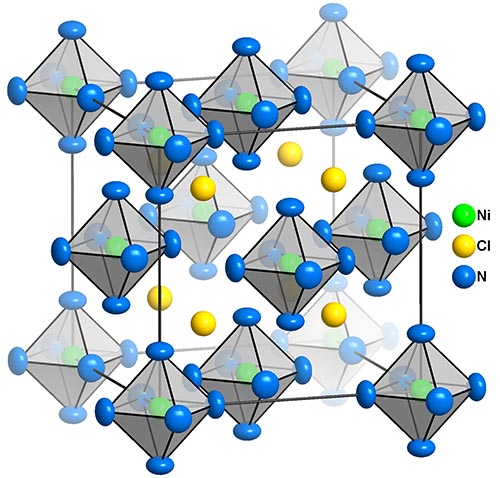The group's current research breaks down into several key areas: Non-oxide materials, fuel storage and sustainable energy materials, inorganic nanomaterials, and sustainable materials processing. These are outlined briefly below.
Research here is centred on the utilisation of novel high-powered microwave techniques not only to synthesise and process industrially important materials (such as structural ceramics) but also as a way to access new metastable complex materials that are not attainable via other routes.
An important part of this process is our ability to understand the interaction of microwaves with solids and the way in which microwave driven reactions occur. The ability of microwaves to heat materials volumetrically rather than through conventional forms of heat transfer i.e. conduction & radiation dramatically lowers the reaction time to a matter of seconds (see below); while traditional solid-state synthesis is carried out at extremely high temperatures for periods of time ranging from hours to weeks.
This is the type of work that can only be performed by bridging cross-disciplinary boundaries and we collaborate extensively with engineering colleagues in Glasgow and elsewhere. See ref. 3 for background.
Our non-oxide research is concentrated in two major areas: (a) Nitrides and Pnictides, (b) Chalcogenides.
In (a) we are primarily interested in a number of low dimensionally structured materials mainly involving the transition metals but also s- and f-block elements. Highlights of our work and developments in nitride chemistry are reviewed in ref. 9 and ref. 10.
In (b) our research focuses on low dimensional solids formed with S, Se and Te, transition metals and electropositive elements.
Both these broad groups require innovative synthetic approaches and yield a wealth of intriguing compounds. Potential applications include low dimensional magnets, metals and superconductors, rechargeable batteries, nanomaterials (see below) thermoelectrics and hydrogen stores (see below).


Projects funded by the EC, EPSRC and industry focus on the synthesis, characterisation and testing of novel systems for storing hydrogen and ammonia for use in future power generation (e.g. with fuel cells in automotive applications). Other work under this category includes the synthesis and characterisation of new anode and electrolyte materials for lithium ion batteries and chalcogenide nanomaterials for use as new thermoelectrics. See ref. 1 for an article highlighting some aspects of our hydrogen storage work.


Research in this area focuses chiefly on the synthesis of new nanotubes, -wires, -fibres and -sheets formed not from carbon but from a range of inorganic materials. We are able to produce nanostructures from both layered (2D) and chain-like (1D) inorganic solids. We can synthesise such materials from varied parts of the periodic table including the s-block, p-block and d-block nitrides, chalcogenides and oxides. Properties (e.g superconductivity, gas storage, thermoelectricity) can vary markedly with size and morphology. See refs. 4, 5 for recent examples.